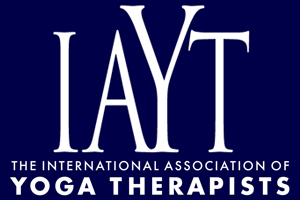A Responder Analysis of the Effects of Yoga for Individuals With COPD: Who Benefits and How?
We previously reported that a twice-weekly, modified Iyengar yoga program was a safe and viable self-management strategy for patients with chronic obstructive pulmonary disease (COPD). 1 Objective: The primary purpose of this exploratory analysis was to classify yoga participants into 1 of 3 responder categories by using minimum clinically important difference (MCID) criteria for each of 3 variables: 6-minute walk distance (6MW), distress related to dyspnea (shortness of breath; DD), and functional performance (FPI). Changes in health-related quality of life (HRQL) and in psychological well-being (anxiety and depression), and participants' self-reported improvements by responder category were also examined. A secondary goal was to identify baseline participant characteristics, including initial randomization assignment that might predict response to treatment. Methods: Participants were randomly assigned to either an initial yoga (IY) or an enhanced wait-list control (WLC) group. Those in the WLC group were offered the yoga program immediately following the IY group's participation. Individuals from both groups who completed at least 18 of 24 yoga classes were categorized as responders, partial responders, or non-responders for each of the 3 outcome variables (6MW, DD, FPI) on the basis of MCID criteria. Baseline characteristics and changes in HRQL and psychological well-being were also analyzed. Results: None of the participants demonstrated MCIDs for all 3 outcomes; however, 6 were classified as responders for 2 out-come variables and 4 were classified as non-responders for all 3 outcome variables. Two-thirds of the female participant group and one-third of the male participant group completed the yoga program. DD responders showed increased anxiety levels, whereas anxiety levels of the DD non-responders remained unchanged. FPI responders reported significant improvements in physical function, whereas partial and non-FPI responders noted declined function. Participants assigned to the IY group demonstrated greater benefit from yoga than did those in the W LC group. Conclusions: Although this modified Iyengar yoga program appears to have benefited some individuals with COPD, further studies are required to assess who the intervention works for and under what conditions.
